The Al Fahidi Historic Neighbourhood, located in the heart of Dubai, is a vibrant and bustling area that is steeped in history and tradition. This neighborhood is a true oasis in the midst of the city’s modern skyscrapers and gleaming shopping centers.
With its charming winding streets, traditional wind towers, and beautiful architecture, Al Fahidi Historic Neighbourhood is a must-visit destination for anyone interested in the history and culture of Dubai.
The area was once the center of Dubai’s pearl diving industry and the hub of its trading activities, and it is now home to a number of historic sites, museums, and cultural attractions that offer a glimpse into the city’s rich history and heritage. If you’re interested in the area’s history and culture, there are a number of things to do in Al Fahidi Historic Neighbourhood. Keep on reading.
Contents
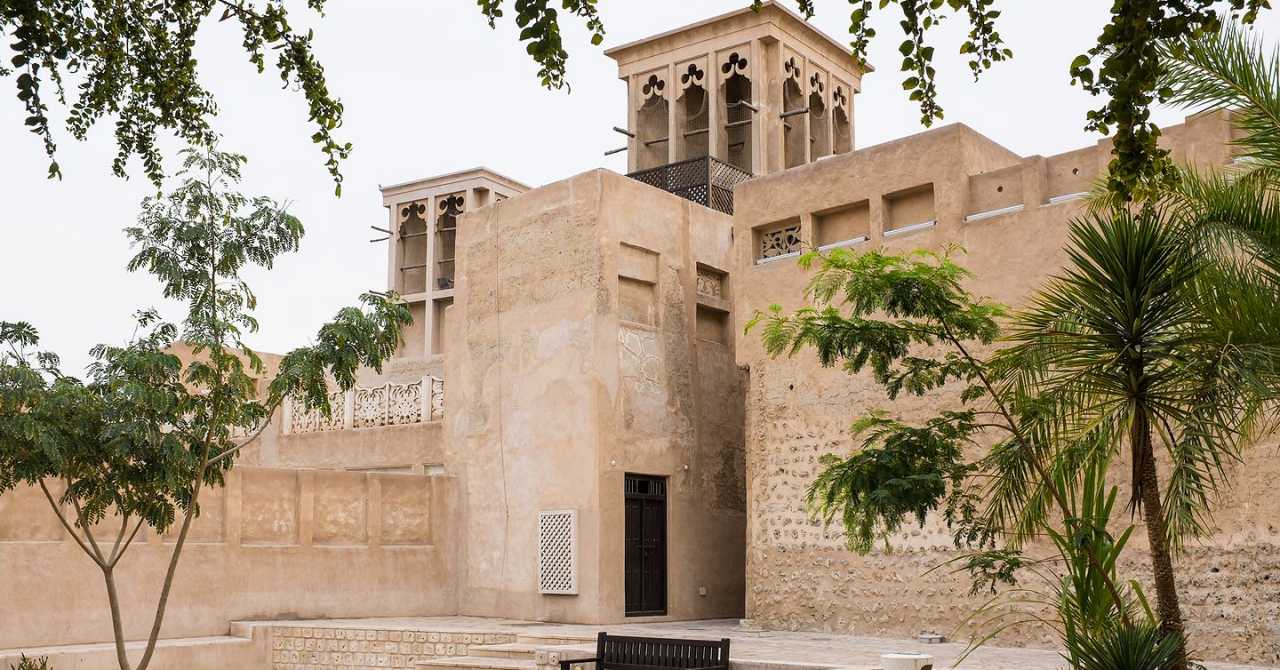
From the Dubai Museum to the Heritage and Diving Village, there is plenty to see and do in Al Fahidi Historic Neighbourhood, making it an ideal destination for travelers of all ages and interests. Whether you are a history buff, a culture aficionado, or simply someone looking for a unique and authentic travel experience, Al Fahidi Historic Neighbourhood is sure to captivate and inspire you.
Location and Accessibility
Al Fahidi Historic Neighbourhood is located in the heart of Dubai and is easily accessible by a variety of transportation options. To get there, you can take a taxi or ride-hailing service from anywhere in the city, or take the metro to the Al Fahidi station, which is just a short walk away.
The nearest public transportation options include the Dubai Metro, bus services, and water taxis, all of which offer convenient and affordable transportation options for visitors. For those driving, there are several public parking lots in the area, as well as on-street parking options.
Visitors are advised to check for any parking restrictions before leaving their vehicles, and to park only in designated areas. With its central location and convenient transportation options, Al Fahidi Historic Neighbourhood is an easily accessible destination for visitors to Dubai.
Must-See Attractions
The Al Fahidi Historical Neighborhood is a must-visit destination for tourists interested in exploring the cultural and traditional side of Dubai. Access to the 31,000 sqm site is completely FREE OF CHARGE, however, it’s important to note that the gift shops, galleries, and other venues within the area may have their own individual fees for entry or purchases.
Here’s a short guide to the must-see attractions in Al Fahidi Historic Neighbourhood, Dubai:
Dubai Museum

Dubai Museum is housed in a 200-year-old fort and provides a glimpse into the city’s rich heritage and history. Visitors can see exhibits on the city’s ancient Bedouin lifestyle and learn about the development of Dubai into a modern metropolis.
Al Fahidi Fort
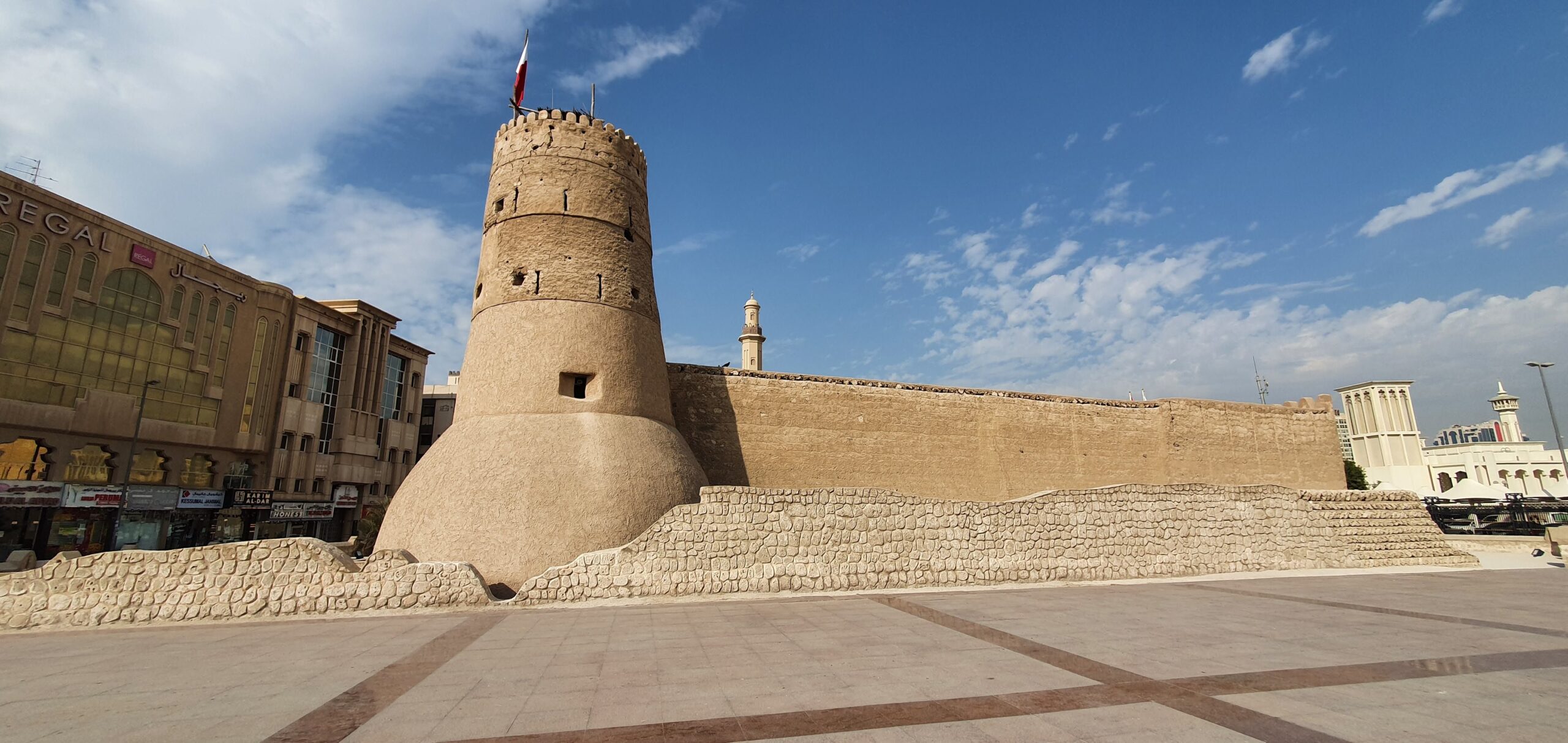
This historic fort dates back to 1787 and is one of the oldest buildings in Dubai. It has served as a residence, defense structure, and prison over the years. Visitors can see artifacts and exhibits on Dubai’s history and learn about the fort’s role in shaping the city.
Creek Side Park
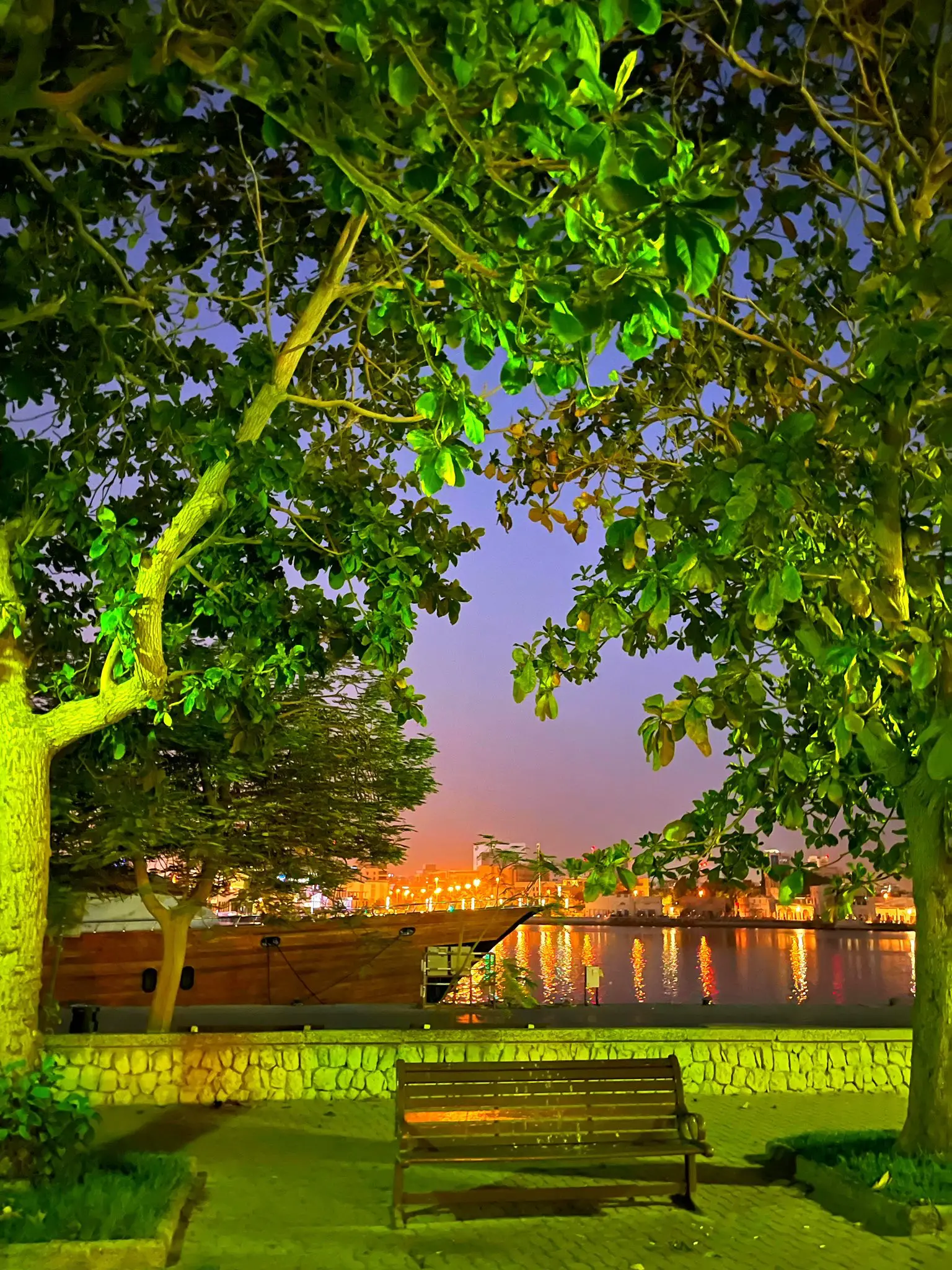
This beautiful park is located along Dubai Creek and offers a peaceful escape from the bustling city. Visitors can relax and take in the views of the creek, or enjoy a picnic or other outdoor activities.
Traditional Wind Towers

These tall, circular structures were used in traditional Arab homes as a natural cooling system. Visitors can see these unique architectural features throughout the Al Fahidi Historic Neighbourhood.
Heritage and Diving Village
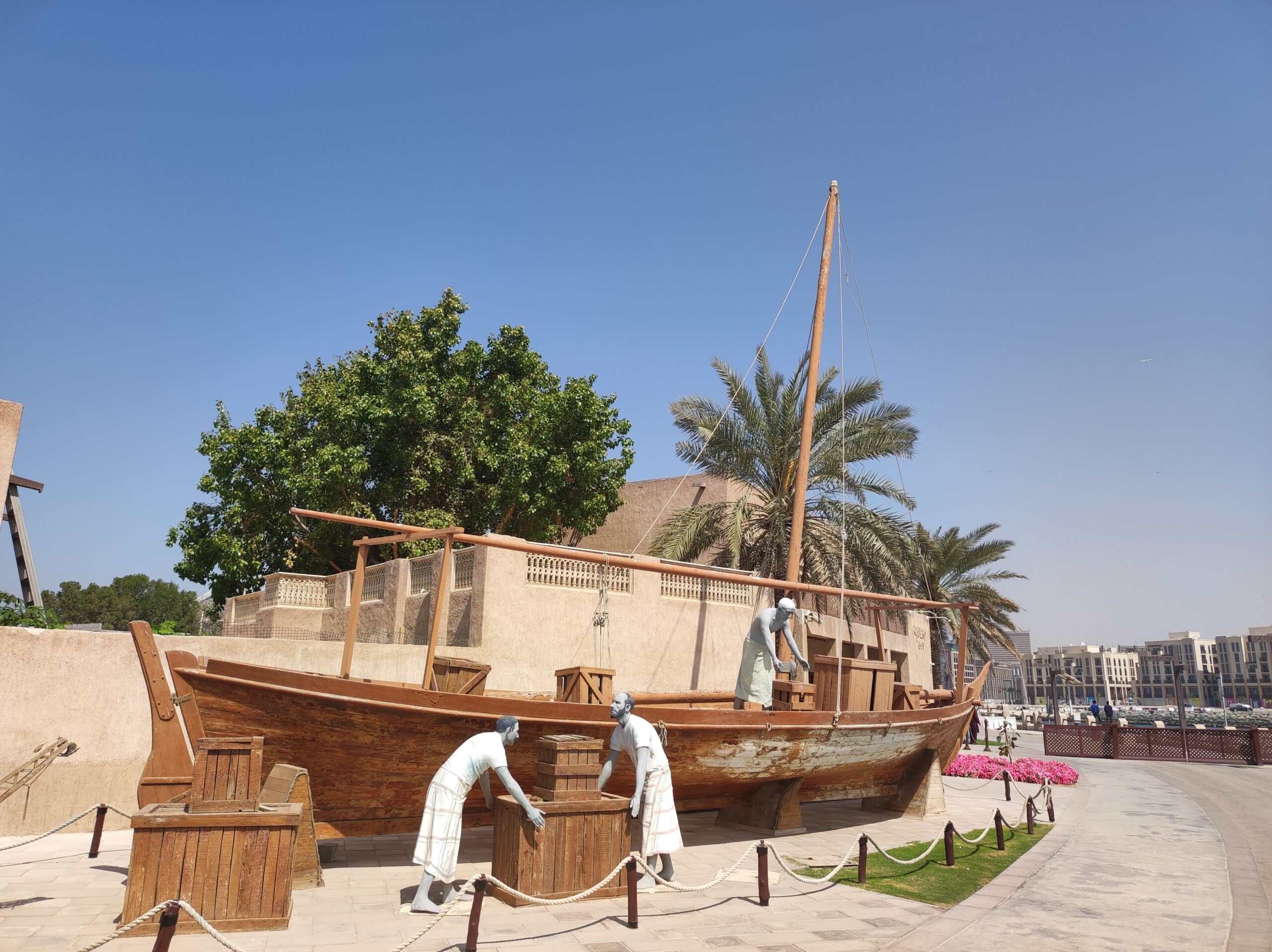
This village provides an authentic insight into Dubai’s maritime heritage and is home to traditional fishing boats and diving equipment. Visitors can learn about the city’s seafaring past and see the tools and techniques used by traditional pearl divers.
Heritage House

The Heritage House, located in the heart of one of the oldest urban areas of Dubai, is a stunning representation of local traditional housing. Established by Mr. Matar Saeed bin Mazina in the year 1890, this historical building was constructed with the purpose of offering a comprehensive insight into the life, values and approaches of the local community.
With its unique design and layout, the Heritage House showcases how local residents dealt with the challenging conditions of the desert environment, such as the hot and dusty weather, and still managed to create a comfortable living space.
The house is a testament to the ingenuity and resourcefulness of the people of Dubai, who created innovative solutions to tackle the difficulties of life in the desert. It showcases how they used various materials and techniques to build comfortable homes that were both practical and aesthetically pleasing.
From the intricate woodwork and carvings to the use of natural ventilation and shading, the Heritage House is a true representation of the rich cultural heritage of the local community.
Visitors to the Heritage House can learn about the traditional lifestyle of the people of Dubai, including the customs and traditions that have been passed down from generation to generation. The house provides an authentic and intimate glimpse into the lives of local residents, and offers a fascinating insight into the history and culture of Dubai.
Whether you are a local resident or a visitor from overseas, a visit to the Heritage House is an unforgettable experience that will leave you with a deeper appreciation of the history, culture and heritage of this amazing city.
Majlis Ghorfat Umm Al Sheif
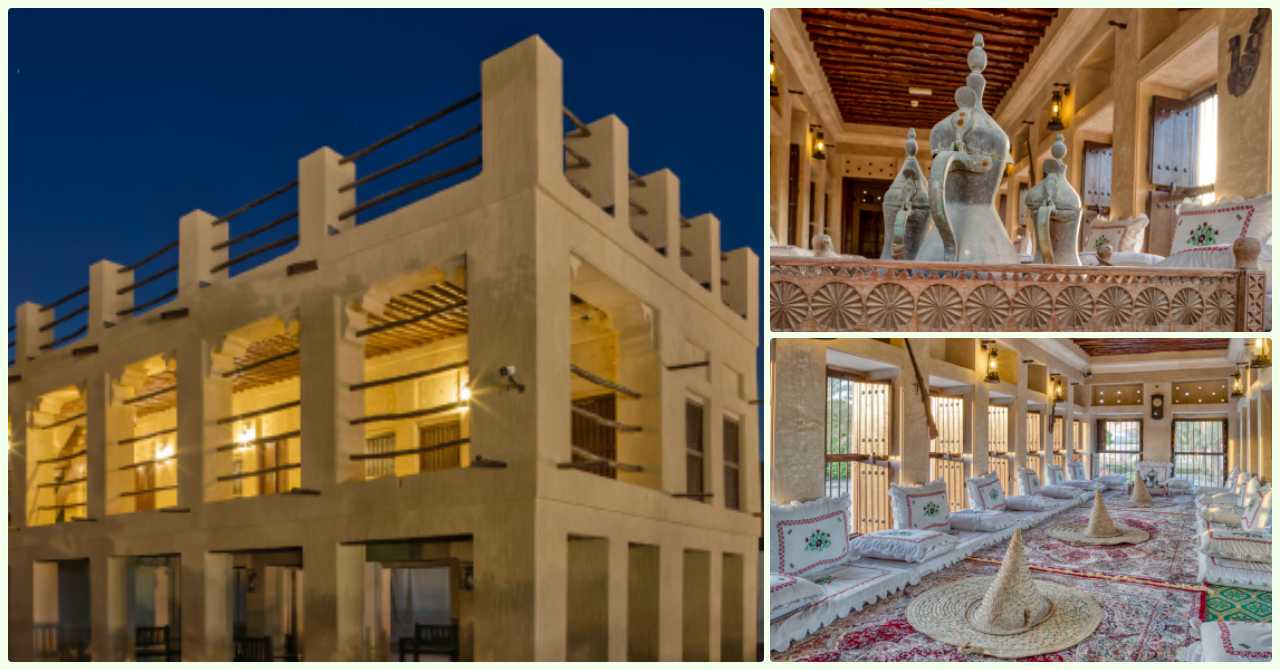
Majlis Ghorfat Umm Al Sheif is a small, but highly significant historical monument located in the Jumeirah area of Dubai. Despite its small size, the majlis has a rich cultural heritage that sets it apart from other buildings in the area.
Established in 1955, the majlis was designed to be a summer retreat for the late Sheikh Rashid bin Saeed, and its design and architecture reflect the traditional heritage of the region. The majlis is a small, single-story building that is distinguishable by its unique architectural features and traditional design elements.
One of the reasons why the Majlis Ghorfat Umm Al Sheif is so special is its location. It is situated in the Jumeirah area, which is known for its calm and tranquil atmosphere, as well as its distance from the noise and crowds of the city.
The area has long been a popular destination for those seeking peace and tranquillity, and the majlis itself is a testament to the traditional heritage of the region. Visitors to the majlis can learn about the history and culture of Dubai, as well as appreciate its unique architectural features and traditional design elements.
Overall, the Majlis Ghorfat Umm Al Sheif is a valuable and important historical monument that is well worth a visit. Whether you are a history buff, an architecture enthusiast, or simply looking for a peaceful escape from the busy city, this small, but significant building is sure to impress and inspire.
So, if you are in Dubai, be sure to take the time to visit the Majlis Ghorfat Umm Al Sheif and experience its unique cultural heritage for yourself.
Al Ahmadiya School
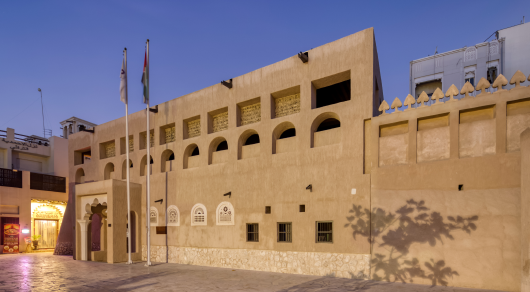
Al Ahmadiya School is a historic gem that stands as a testament to the pioneering spirit of education in Dubai. Founded in 1912 by His Eminence late Sheikh Ahmed Bin Dalmouk, the school was one of the first semi-formal private schools in the region and quickly established a reputation as a center of learning.
The school’s reputation spread far and wide, attracting a diverse group of scholars and jurists from neighboring Arab countries who came to study and teach at this innovative institution.
For over four decades, Al Ahmadiya School continued to be at the forefront of education in the region, inspiring generations of young minds with its innovative teaching methods and commitment to academic excellence. In 1958, however, the school closed its doors and its legacy seemed lost to history.
However, the Dubai government had other plans for this historic landmark. In 1994, the government restored Al Ahmadiya School and transformed it into a museum, preserving its unique history and heritage for future generations.
Today, visitors can explore the restored classrooms, walk the halls where scholars once studied, and experience the rich cultural legacy of this pioneering institution.
Culture and Traditions
Al Fahidi Historic Neighbourhood is a treasure trove of Dubai’s rich cultural heritage and traditions. A walk through the neighbourhood transports one back in time to the era when Dubai was a hub of pearl diving industry.
The Gulf-style architecture with its intricate carvings and wind towers serves as a reminder of the city’s glorious past. The wind towers were a crucial part of traditional Emirati homes, serving as air conditioning systems and were also considered a symbol of wealth and status.
The creek played a pivotal role in the development of Dubai, serving as a trade route and a source of fresh water, and remains an integral part of the city’s heritage and culture. Visiting Al Fahidi Historic Neighbourhood is an opportunity to experience a slice of the cultural richness that Dubai has to offer.
Food and Shopping
Al Fahidi Historic Neighbourhood is a foodie’s paradise, where one can indulge in the rich and flavorful traditional Emirati cuisine and taste the authentic dishes that reflect the heritage of the region. From mouth-watering Mutton Machboos to sweet Balaleet pudding, the local restaurants and cafes serve a variety of dishes that are both delicious and culturally significant.
Additionally, the bustling streets of Al Fahidi are lined with street food vendors selling a range of local snacks and treats, perfect for a quick and tasty bite on the go. After a satisfying meal, visitors can explore the many handicraft and souvenir shops that dot the neighborhood, offering a wide range of traditional goods, from Arabic calligraphy art to handmade jewelry, perfect for taking home as a memento of your visit.
Safety and Etiquette
The Al Fahidi Historic Neighbourhood is a place of rich cultural heritage and unique architecture, where visitors can learn about the history of Dubai. To ensure a safe and respectful experience, it is important to follow a few simple guidelines.
Firstly, visitors are advised to take care of their personal belongings and stay alert at all times, especially when exploring the narrow alleyways and winding streets of the neighborhood.
Secondly, it is important to dress modestly when visiting cultural and religious sites, covering the shoulders and knees, and removing shoes if necessary.
Lastly, it is essential to be aware of local customs and traditions, such as avoiding physical contact with elders, and respecting religious symbols and artifacts.
By following these simple guidelines, visitors can ensure a safe and enjoyable visit to the Al Fahidi Historic Neighbourhood and immerse themselves in its unique cultural heritage.
Events and activities at Al Fahidi
The Al Fahidi Historic Neighbourhood offers a wealth of cultural and historical experiences for visitors to enjoy. With over 50 ‘houses’ to explore, there is something for everyone, whether you’re interested in the history of Dubai, art, or local customs and traditions.
- The best place to start your journey is at the Sheikh Mohammed bin Rashid Al Maktoum Centre for Cultural Understanding (SMCCU), where you can take a tour of the district with knowledgeable guides who will provide you with an immersive cultural experience.
- One of the must-visit museums in the neighbourhood is the Coins Museum, which showcases over 470 rare coins from the British Empire, India, and other countries in the region before independence.
- This museum is a fascinating look into the monetary system of the past and provides insights into the economic and political landscape of the time.
- Aside from the museums, the neighbourhood is also home to several cultural events and heritage-related activities, such as demonstrations by local craftsmen.
- The Symposium House and Events House are two venues that often host these events, showcasing the rich cultural heritage of the region.
- For those interested in Arabic calligraphy, the Calligraphy House (Dar Al Khatt) is a must-visit. This house is dedicated to everything related to this creative art form, and visitors can admire the beautiful works of calligraphy on display.
- Finally, the Municipality House stands as a remarkable example of traditional Dubai architecture, and visitors should not miss the opportunity to admire its intricate design and intricate details.
Overall, the Al Fahidi Historic Neighbourhood offers a unique and unforgettable cultural experience for visitors, and is a must-visit for anyone interested in the history and heritage of Dubai.
Video: AL FAHIDI & THE SOUK – Is There More than Skyscrapers in DUBAI ?
In this video, we will see a different side of Dubai, different from what you usually see in the media. This video will show you Al Fahidi, a traditional neighbourhood where time seems to have stopped and where you can experience the real Dubai.
The old part of Dubai is a true gem that is filled with an abundance of fascinating sights and experiences. One of the most captivating areas is the Al Fahidi Historic Neighbourhood, where visitors can be transported back in time as they wander through its charming alleyways and admire its traditional Arabic architecture. From the majestic wind towers to the intricate carvings and patterns, every corner of this historic district is a visual feast.
One of the most exciting things about visiting the Al Fahidi Historic Neighbourhood is that it feels like stepping into a fairytale world. You can easily imagine yourself as Aladdin or Princess Jasmine as you explore the colorful streets and get lost in the magic of the place. Visitors who are looking for a unique and memorable experience will not be disappointed by this charming and atmospheric corner of Dubai.
And for those who are looking for some local souvenirs or gifts, the Al Fahidi Historic Neighbourhood is home to the vibrant and bustling Souk, where you can find some of the cheapest gold in the world, a wide variety of spices, and traditional local outfits. This market is a must-visit for anyone who wants to immerse themselves in the culture and history of Dubai. To get there, why not take a boat ride over the Dubai Canal, a stunning waterway that adds to the charm of the neighborhood.
Final Thoughts
Whether you’re a local resident or a visiting tourist, the Al Fahidi Historic Neighbourhood is a place where you can truly immerse yourself in the rich history and culture of Dubai.
From its bustling markets and vibrant street life to its tranquil courtyards and peaceful alleyways, this neighborhood offers a unique and authentic experience that is unlike anything else in the city.
So, if you’re looking for a break from the hustle and bustle of modern Dubai, why not take a stroll through the charming streets of Al Fahidi Historic Neighbourhood and immerse yourself in its rich history and culture?
Whether you’re exploring its museums, admiring its architecture, or simply enjoying a cup of traditional Arabic tea, you’re sure to be captivated by the unique character and charm of this historic neighborhood.
READ NEXT: Souks in Dubai
Google Map Location
Please check out the map location on how you can get to the Al Fahidi Historical Neighborhood. The nearest metro station is Al Fahidi Metro Station (Green Line).